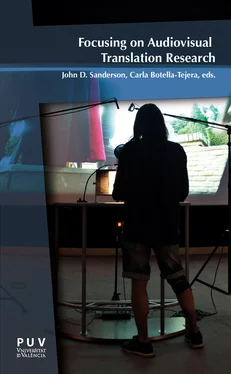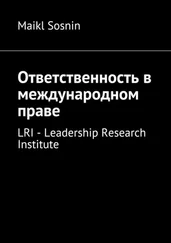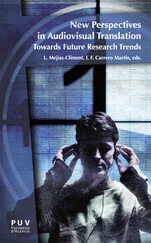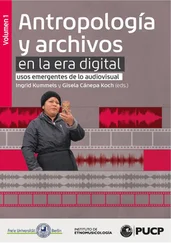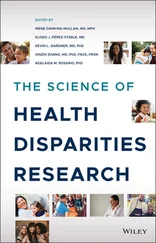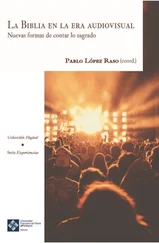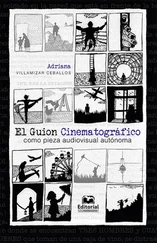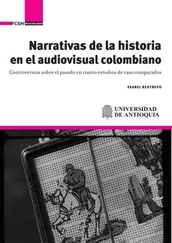The questions concerning their expectations from the project were important in order to analyse their views and opinions after the project. The majority of students – 77.8% – expected their written English to have improved, 29.6% their oral skills, 33.3% their reading comprehension skills and 59.3% their listening comprehension, while 59.3% expected to have expanded their vocabulary and 7.4% to have improved their computer skills. Considering that one of the main goals was to improve their written skills in English, the responses on written production and vocabulary seemed to be pointing in the positive direction.
4.2. COMPOSITION ASSESSMENT
The tool used to prove the benefits derived from the active subtitling of the participants was to assess the compositions that both groups submitted over the three terms in accordance with the aforementioned criteria for written English. Accordingly, attention was paid first of all to the control group, and the results of their assessment on the grounds of the average are illustrated below.

Figure 1. Control group written assessment .
Figure 1 demonstrates that the control group, which did not rely on any support from active subtitling, showed significant progress from the first term to the third term. In this case, the activities carried out throughout the course seem to have had a positive effect on their written English.
Regarding the experimental group, which subtitled videos actively during the school course, their results, which are also based on the average, are shown in figure 2.
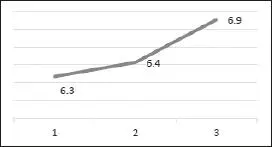
Figure 2. Experimental group written assessment .
Figure 2 demonstrates that the progress shown by the experimental group in terms of written production was positive. As the first term was mainly dedicated to familiarising the students with Amara and subtitling, it was during the second term that some improvement took place, and the final marks show an improvement in their skills.
The above data show that both groups improved gradually in terms of their written skills throughout the course. However, while the control group showed progress of +0.9 from the first to the third term, the experimental group showed an improvement of +0.6.
The average calculated above takes all the results from the written assessment into account. However, the statistical measure mostly considered for the purposes of this data analysis is the median (as it highlights the central value of a series of hierarchical numbers). Tables 3 and 4 show the median of both the control and experimental groups regarding the marks obtained in the assessment.
TABLE 3
Control group’s median
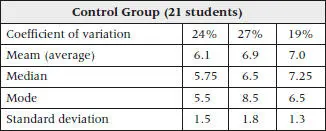
TABLE 4
Experimental group’s median
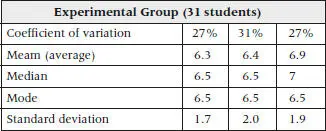
As we can see from the above figures, while in the control group’s median there is an increase of +1.5, in the case of the experimental group the increase was +0.5. These data might seem to contradict what was expected from the project, since the control group showed more progress without the help of active subtitling, from 5.75 to 7.25. However, if we focus on the experimental group, we can see that it has actually improved the median quantitatively, that is, from 6.5 to 7. All in all, we are able to state that a slight improvement in the students’ written skills took place thanks to active subtitling as a learning tool.
4.3. POST-STUDY QUESTIONNAIRE
The post-study questionnaire obtained fewer responses and, out of the 27 students who had signed up for the project, only 16 completed this last task. Among these, 31.3% were male and 68.8% female, which might again indicate that female teenage students seem to be more responsible when dealing with this type of school task.
When the students were asked if their writing skills from Spanish to English had improved, 18.8% said very little, 62.5% a lot and 18.8% very much. Concerning written improvement from English to Spanish, 31.3% said a little, 56.3% a lot and 12.5% very much. In both cases, the majority of responses were positive. In fact, the goal in this regard was to improve the students’ written skills in English, which was acknowledged by 81.3% against 68.8% who felt their written Spanish had improved.
The subtitling production was unsuccessful considering that each group had to subtitle at least one video. These data invite us to consider providing students with more detailed instructions when dealing with some type of active subtitling in terms of the number of videos to subtitle, topics, languages involved, etc. The subtitled production can be seen as follows.
TABLE 5
Subtitling production
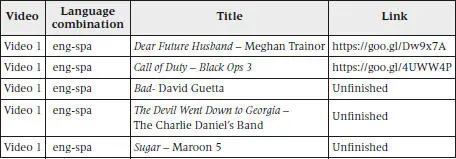
The number of videos finally subtitled did not fully meet the expectations of the present project. One of the reasons why the rest of the students might not have finished subtitling their videos could be the fact that this experiment was not included as part of their English syllabus assessments. However, active subtitling was the medium used for the improvement of written English. It should also be noted here that, despite the suggestion that active subtitling might help the students improve their English skills, none of the final videos submitted included Spanish to English subtitling. There was, thus, a flaw in terms of not having provided the participants with clear enough instructions.
A number of final questions dealt with Amara as a captioning platform. Some of their answers indicated that Amara was satisfactory because “while you are subtitling, you are practising English and its translation”, “it has improved my skills in English”, and “it’s very easy to learn to subtitle a video”, and most of the answers were positive regarding the possibility of using Amara in the future.
4.4. FINDINGS
The data analysed in the previous sections show a number of findings as well as addressing the research questions given below.
• Is active subtitling a useful tool for teenage students’ written English (as an L2)?
The data analysis (figures 1 and 2) clearly shows that, in this case study, active subtitling improved the experimental group’s written English skills to some extent. Although the control group showed an improvement in their written skills without the benefit of any AVT tool, the experimental group showed a slight improvement in quantitative terms (tables 3 and 4). If we focus on the qualitative data provided by the students (81.3%) in this group as well as the students’ answers concerning the validity of active subtitling as a means of improving their written skills, we can therefore triangulate both the quantitative and qualitative data.
• Are subtitling tasks entertaining and useful for the purposes of L2 learning in the case of teenagers?
Although a reduced number of the students filled in the post-study questionnaire, we can still infer that they would not be reluctant to use Amara in the future. Another of the purposes of the experiment was therefore fulfilled, namely using a platform of interest and entertainment value as far as its users were concerned. This was proved by the qualitative data.
Читать дальше
